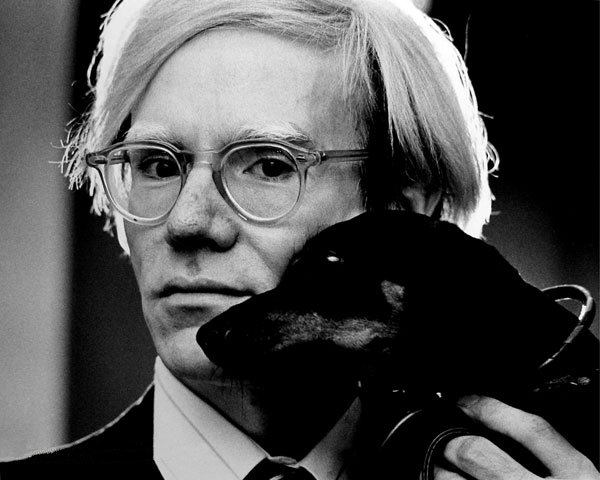I’ve always been interested in people’s daily routines. I’m a creature of habit myself, and I love learning how others go about their days and the rituals that spark their imagination and productivity. It’s especially fascinating to learn about the habits and practices of creative geniuses—some of which are pretty eccentric. For example, it is said that Benjamin Franklin took an “air bath” every morning, which consisted of him sitting naked by an open window for a half hour or more. Supposedly, Leonardo da Vinci didn’t sleep at night like most of us do. Instead, he stayed awake for 24 hours a day and took short naps every few hours. And, it’s rumored that James Joyce preferred to write with crayons and cardboard while lying on his stomach.
Here are more of my favorite routines, rituals, and quirks of famous creatives.
1. Stephen King. As one of the most successful and prolific authors, King is quite regimented. In an interview with George R.R. Martin, he explains that no matter what, he tries to write at least six pages a day (that’s 1500-2000 words)—even on holidays and his birthday. If you’re a writer, I highly recommend King’s book On Writing: A Memoir of the Craft. It’s a trove of valuable tips for writers.

Georgia O’Keeffe
2. Georgia O’Keeffe. The extraordinary artist Georgia O’Keeffe created some of her most famous works in the back seat of her car. Carolyn Castner, curator at the Georgia O’Keeffe Museum in Santa Fe explained that O’Keeffe called her Model A Ford her “favorite studio.” When she wasn’t painting from inside her car, she was braving the harsh elements of New Mexico. Castner said O’Keeffe would camp in a tent and paint for days in a desolate stretch of jagged hills she called the Black Place. “She was a rugged women committed to a particular place—and it was a harsh place, but her will matched the grandeur of the place in the amount of commitment it took to go out to this site.”
3. Maya Angelou. Instead of working from home or an office, Angelou would check in to a hotel to write. In an interview with Claudia Tate in 1983, Angelou described her writing routine. “I keep a hotel room in which I do my work — a tiny, mean room with just a bed, and sometimes, if I can find it, a face basin. I keep a dictionary, a Bible, a deck of cards and a bottle of sherry in the room. I try to get there around 7, and I work until 2 in the afternoon.”

Andy Warhol
4. Andy Warhol. Warhol was an avid collector, so much so that some considered him a hoarder. For more than 30 years he collected cardboard boxes full of everything from half-eaten pizza slices to a tin containing a fan’s fingernail clippings. Warhol began cataloging his collections in a project called Time Capsules, but was unable to make much progress before his death. Since then, catalogers at the Andy Warhol Museum in Pittsburgh have indexed more than 300,000 items that belonged to Warhol, including countless Christmas cards, prescriptions, items of clothing, candid photographs of celebrities, dead insects, and, of course, cans of Campbell’s soup.
5. Truman Capote. Truman Capote wrote everything out in longhand and called himself a “horizontal writer.” (Mark Twain, Edith Wharton, and Marcel Proust also wrote while lying in bed.) Capote was apparently highly superstitious. He suffered from triskaidekaphobia (fear of the number 13), wouldn’t begin or end a project on a Friday, and wouldn’t leave more than two cigarette butts in an ashtray. In an interview with David Frost in 1970 he told of how he once convinced Tennessee Williams to switch hotel rooms with him because his room number added up to thirteen. (Williams was also superstitious and was furious at Capote for “jinxing” him.) Capote also carried his baby blanket everywhere he went and was reportedly buried with it.
Most of the time, successful writers and artists don’t wait for inspiration to hit.
They just work at it REGULARLY. As a writer, I’ve struggled with that concept. There’s nothing better than those moments when inspiration hits and the words flow with little effort. But honestly, those moments rarely happen for me. It’s taken some time for me to realize that I shouldn’t wait for the muse. Sitting down to write for myself every day—even when the results are crap (which is 99 percent of the time)—has helped me immensely. I’m still working out my “writer’s routine,” but I know whatever it is, it must be consistent.
If you struggle with writing—or hate it—but know you need regular, fresh content for your company website and social media platforms, I can help. Let’s talk about it.




